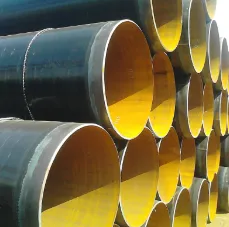

Moreover, another alternative could be the API 5L, mainly where pipeline projects demand a focus on oil and gas transportation. The API 5L standard caters to pipeline steel that's required to be both sturdy and flexible enough to handle shifting and vibratory conditions typical in such industries. Utilizing API 5L instead of A53 can lead to optimized functionality in high-impact installations due to its specifically calibrated features to handle oil and gas flows. When considering these equivalents, it's crucial to consult with seasoned professionals and credible sources. Engineers and material scientists can provide deeper insights into how these options perform under specific conditions, ensuring safety and performance are not compromised. Engaging with manufacturers with strong market reputations further fortifies material reliability, adding a layer of credibility to your project's material selection. Online forums and engineering communities can provide anecdotal experiences which may reveal unforeseen advantages or challenges when substituting A53 with these alternatives. Remember to assess the availability and cost-effectiveness in your region. Material costs and sourcing timelines can impact the feasibility of using certain equivalents. In many cases, A53 steel's local availability will outweigh other concerns unless specific environmental or performance factors dictate otherwise. In conclusion, while A53 steel is a preferred choice for many industrial uses due to its chemical and mechanical robustness, examining its equivalents like ASTM A106, EN 10217-1, and API 5L can uncover advantageous options for alternative applications. Evaluating these through the lenses of expert analysis, operational experience, and reputable advisories will ensure that you make an informed decision aligned with safety, functionality, and project budgets.
Post time: జన . 29, 2025 02:17
Next:
















